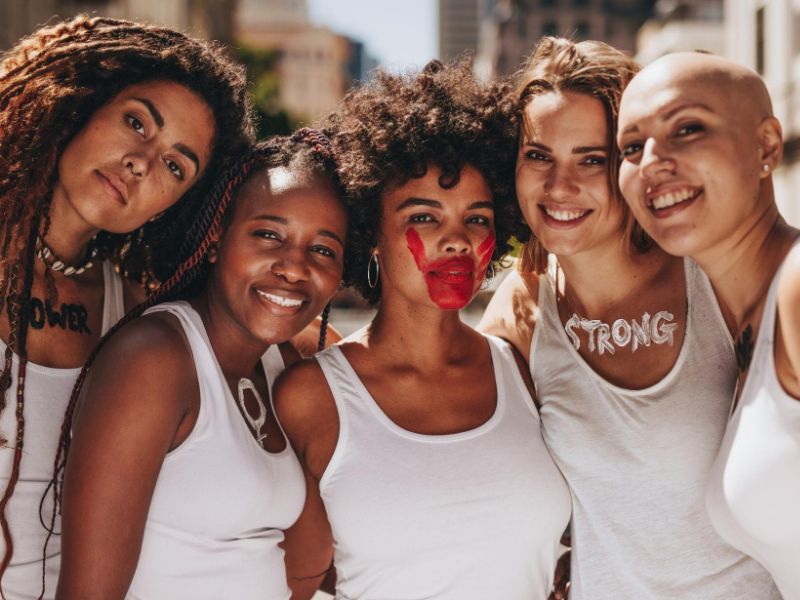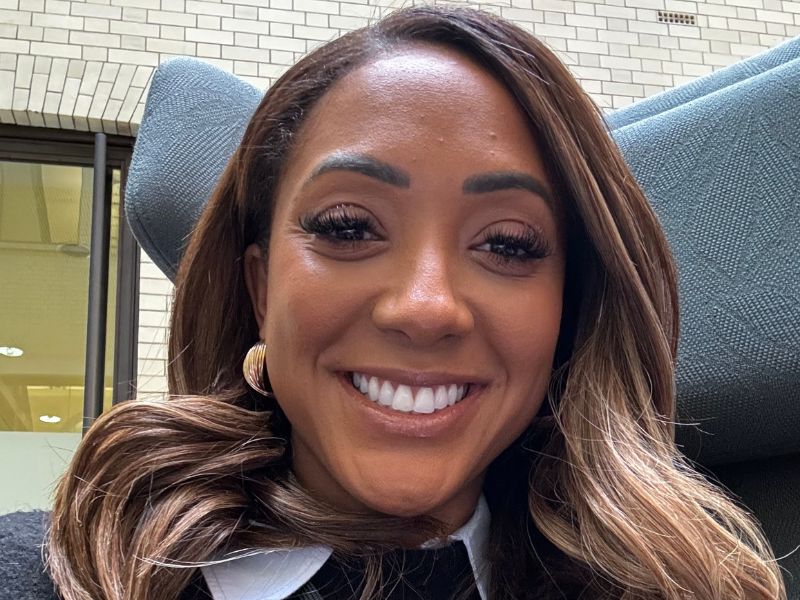Written by Kimberley Fellows, Diversity and Inclusion Senior Talent partner at Advanced.
 Prejudice in the workplace can exist in the form of unconscious bias. It can be difficult to tackle as it is rooted in preconceived ideas about gender, ethnicity, education, sexuality, disability and socioeconomic status.
Prejudice in the workplace can exist in the form of unconscious bias. It can be difficult to tackle as it is rooted in preconceived ideas about gender, ethnicity, education, sexuality, disability and socioeconomic status.
Everyone’s life journey has been influenced by privilege, or lack of it; by discrimination; and by everyday unconscious bias that can work for, or against us.
In order to get the very best out of people it is crucial that everyone feels not just tolerated, but truly welcomed, respected and included. That their opinion counts. Different life journeys develop different skills and experience and work to drive diversity and inclusion helps our workplaces be more productive and profitable, as well as being an organisation that does the right thing by its workforce.
Gender issues affect half of the population. For a lot of businesses, starting with a gender pay gap report is a useful tool to identify where bias exists and for creating strategies to combat it. By measuring the problem, you can start to address it. The pay gap is not the same as equal pay, which is protected by the Equality Act 2010, including different levels of seniority and with different lengths of service. The pay gap compares groups of people and the mean (average) and median (middle) salaries they are earning. In our organisation, Advanced, our work to address the gender pay gap has driven consistent improvements in pay and in closing the pay gap, resulting in better gender diversity across the higher levels of leadership. We followed this with diversity pay gap reporting. This is more complex as there is a lot of intersectionality between factors, such as gender and race, or socio-economic background, sexuality and gender.
We invited employees to share their experiences. We heard stories from people who felt that they had to try to change who they were in order to fit it, of those who were openly discriminated against (in previous organisations) and those routinely made to feel humiliated and silently complicit in their own oppression. The effects of this were devastating to those who had experienced them but, gratifyingly, their stories evoked positive and supportive responses from other colleagues. It gave everyone in the organisation the opportunity to really think about the problem and vow to do better. These conversations weren’t confined to the workplace either, they spilled over into people’s homes and social interactions because unconscious bias exists everywhere.
Starting the conversation around diversity and inclusion is not easy. Initially, it takes people to an uncomfortable place. The best conversations are open and honest, within an environment of respect where everyone feels emotionally and psychologically safe. The conversations may be difficult, but they will become less so – the more often you have them.
Change starts at the top and percolates down, so it’s essential that business leaders take responsibility and lead from the front with conviction and commitment to closing diversity pay gaps and promoting equal opportunities for pay and career progression.
There is no one-size-fits-all solution, but these suggestions are based on the steps we have taken at Advanced and may help your journey into addressing issues of prejudice in your organisation:
- Invite participation – we invited all of our employees to contribute their own stories and experience of prejudice in the workplace.
- Identify champions who will represent the philosophy and are in a position to inspire or lead for change. We invited every single employee to become a Diversity Leader – so far we have 150 and we hope to keep building that number.
- Create support networks – we created inclusion networks to represent specific groups – Black Lives Matter, LGBTQ Team Rainbow, Women’s Network and Disability Inclusion Network. Each meets bi-weekly to consider how to educate, celebrate and advocate for our people changes needed across three areas; education, legislation and function. These changes can then be effectively implemented and initiated by our Diversity Leaders.
- Maintain regular communication – we share progress, celebrate diversity and continue to look at ways to improve inclusion at all levels throughout the organisation.
- Use data to identify the problem, set objectives and measure success. A data-based approach allowed us to set realistic targets, have the ability to measure progress, be accountable – and to celebrate when we reached our goals. We created and shared a workflow in our own Cloud-based HR business solution to engage with employees and 1,700 – 70 per cent of our people – engaged with the workflow to help us understand where we were and where we wanted to be.
- Create a clear strategy to close the gap. Our employer brand is ‘Dare to be Different’. We hire in a different way, removing CVs from the consideration process to reduce unconscious bias. Instead, we hire focusing on high potential early talent. This is a robust process that means we will hire anyone who has potential. It involves considering offering roles to people who won’t necessarily tick every box in skills, training and experience, but can bring other qualities to the role, or have equivalent and transferable skills. This approach really enriches our talent base.
In the words of one Verna Myers; “Diversity is being invited to the party, inclusion is being asked to dance.” Tackling prejudice within the workplace is an opportunity to get everyone dancing together as a cohesive, happy and productive unit with common aims and objectives that will bring multiple benefits to your business.

















